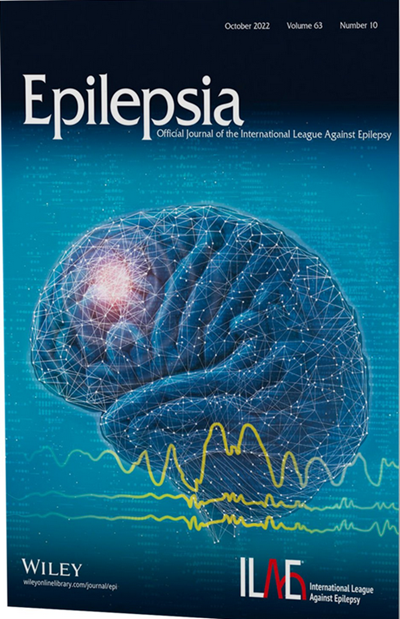Temporal lobe epilepsy is a common form of epilepsy that might be amenable to surgery. However, magnetic resonance imaging (MRI)-negative hippocampal sclerosis (HS) can hamper early diagnosis and surgical intervention for patients in clinical practice, resulting in disease progression. Our aim was to automatically detect and evaluate the structural alterations of HS.
Eighty patients with pharmacoresistant epilepsy and histologically proven HS and 80 healthy controls were included in the study. Two automated classifiers relying on clinically empirical and radiomics features were developed to detect HS. Cross-validation was implemented on all participants, and specificity was assessed in the 80 controls. The performance, robustness, and clinical utility of the model were also evaluated. Structural analysis was performed to investigate the morphological abnormalities of HS.
The computational model based on clinical empirical features showed excellent performance, with an area under the curve (AUC) of 0.981 in the primary cohort and 0.993 in the validation cohort. One of the features, gray-white matter boundary blurring in the temporal pole, exhibited the highest weight in model performance. Another model based on radiomics features also showed satisfactory performance, with AUC of 0.997 in the primary cohort and 0.978 in the validation cohort. In particular, the model improved the detection rate of MRI-negative HS to 96.0%. The novel feature of cortical folding complexity of the temporal pole not only played a crucial role in the classifier but also had significant correlation with disease duration.
Machine learning with quantitative clinical and radiomics features is shown to improve HS detection. HS-related structural alterations were similar in the MRI-positive and MRI-negative HS patient groups, indicating that misdiagnosis originates mainly from empirical interpretation. The cortical folding complexity of the temporal pole is a potentially valuable feature for exploring the nature of HS.


